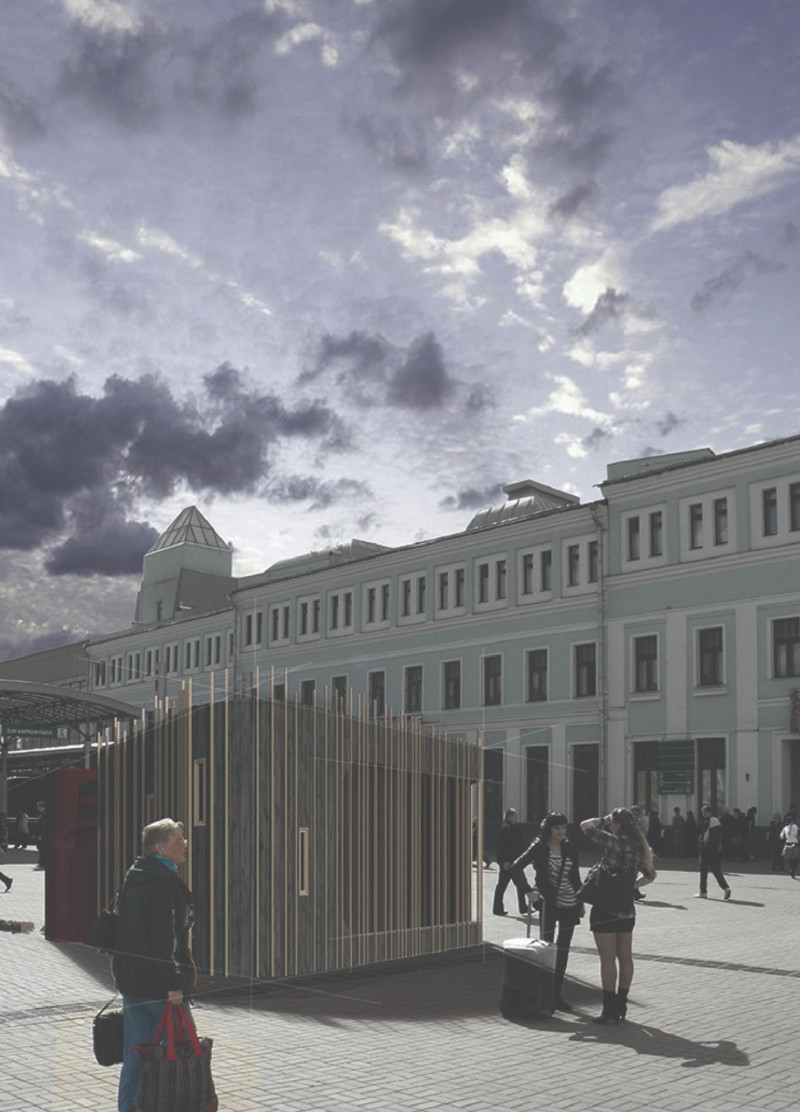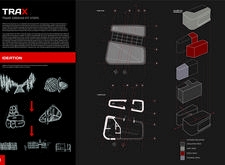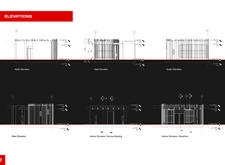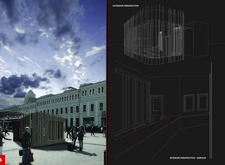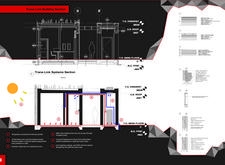5 key facts about this project
### Overview
TRAx is positioned along the Trans Siberian Railway, serving as a series of strategically located pit stops designed to cater to the needs of modern travelers while engaging with the historical and cultural significance of the region. The project aims to enhance the travel experience by fostering connectivity between cities and facilitating interactions among travelers, as well as between the structure and its natural surroundings.
### Design Considerations
**Spatial Organization and Functionality**
The design incorporates a carefully planned arrangement of functional zones, including public areas, staff spaces, and technical facilities, facilitating seamless operations. The layout prioritizes accessibility and encourages engagement among users, fostering a welcoming atmosphere throughout the building.
**Materiality and Sustainability**
The building’s exterior features a combination of vertical wooden slats and glass panels, creating a visual rhythm that harmonizes with the natural environment. The use of timber, concrete, and metal not only contributes to structural integrity but also enhances the aesthetic appeal. The architectural design employs passive heating and cooling systems tailored to the Siberian climate, ensuring energy efficiency and thermal comfort, thereby addressing environmental challenges effectively.
TRAx aims to serve not only as a functional waypoint for travelers but also as a community hub, promoting social interactions and cultural exchange among visitors.


